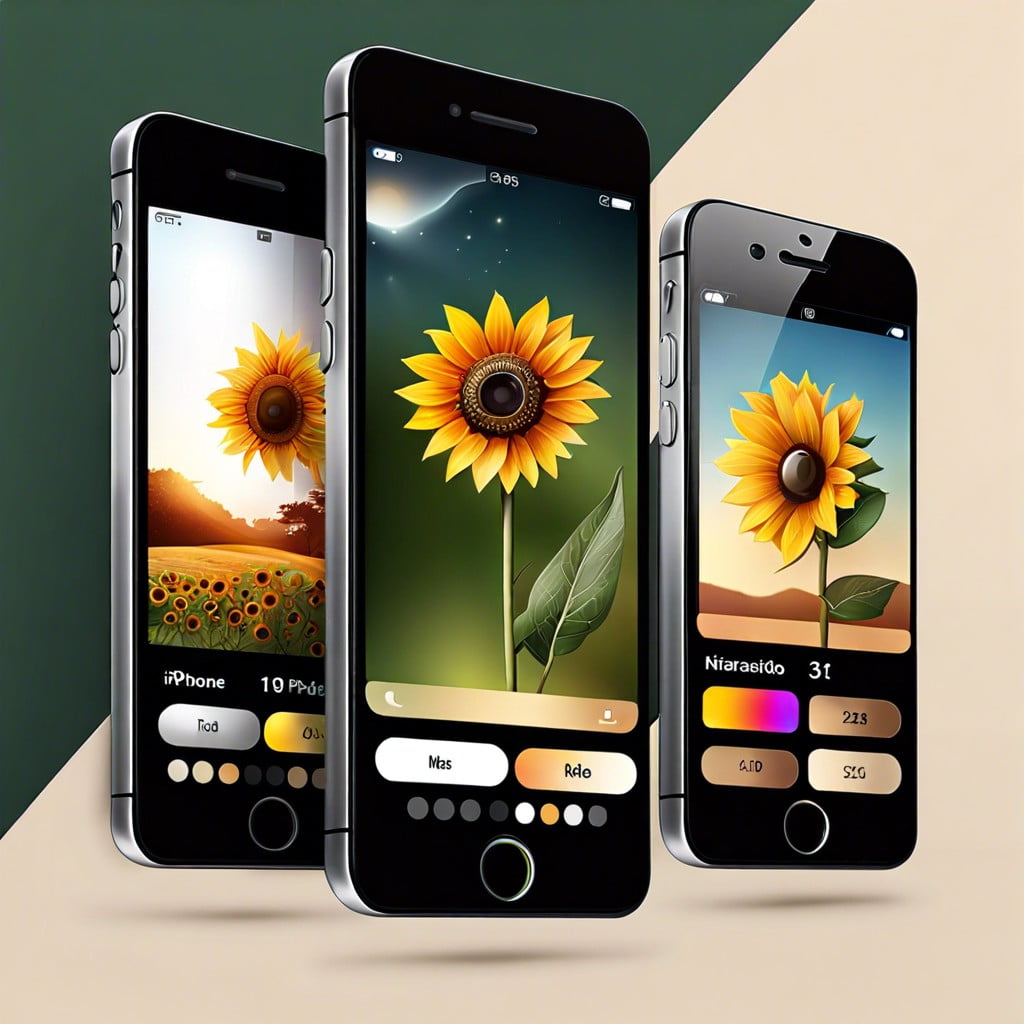Learn how to organize photos on your iPhone efficiently to make finding any picture a breeze.
Key takeaways:
- Use the “Albums” tab to organize and create new albums easily.
- Tag photos and use the search feature to quickly find specific images.
- Utilize third-party apps to identify and delete duplicate photos.
- Enable iCloud syncing to back up and access photos on all devices.
- Optimize iPhone storage to save space while keeping originals in iCloud.
Exploring the Photos App Interface

Navigating the Photos app on your iPhone is like exploring a digital scrapbook—you never know what memories you’ll unearth! When you open the app, you’re greeted by the “Library” tab, offering a chronological overview of your snapshots. Want a more refined search? Tap into the “For You” section, where the iPhone flaunts its AI skills by suggesting memories and highlights. A real treat for the eyes!
For those who thrive on order, the “Albums” tab is your new best friend. Here, you can sift through your pre-made albums like “Favorites,” “Selfies,” or “Videos.” Feeling creative? You can add new albums right from this tab by tapping the plus icon. It’s like having a filing cabinet right in your pocket, minus the metal clunk!
Lastly, don’t overlook the “Search” tab. This feature is like hiring a detective to scour through your photos. Type in places, dates, or even objects, and watch as it pulls relevant photos from the depths of your library. Perfect for when you need to find that one picture of your cat wearing sunglasses!
Create and Manage Albums (including Renaming and Sorting)
To start, tap the plus icon in the top left corner of the Albums tab. Choose ‘New Album’ and give it a snappy name that reflects the photo contents, like “Road Trips” or “Puppy Antics.” If you’re feeling particularly organized, create sub-albums within main albums for even more granularity.
Next, adding photos to your albums is as easy as selecting the desired images and tapping ‘Add To’ followed by choosing your album. We’re talking fewer taps than sending a text!
If you need to rename an album for whatever reason—say, “Puppy Antics” has morphed into “Dog Days”—just press and hold the album, select ‘Rename,’ and type away. Feel like changing the order of your albums? Drag and drop them to rearrange. After all, who says you can’t put dessert (or your vacation pics) first?
Lastly, remember that tidying up is just as crucial as setting up. Regularly review your albums, removing any photos that no longer spark joy—or just seem like duplicates. Keeping your albums neat and up-to-date is like keeping a diary; it’s personal and should be enjoyable!
Tagging and Searching for Photos
When you first get your hands on the iPhone’s search feature, it feels like you’ve unlocked a new level of organization wizardry. You can swiftly find specific photos by typing keywords related to the image contents, thanks to Apple’s intelligent image recognition. For instance, searching for “beach” might pull up all your seaside escapades. If you want an even more personalized touch, delve into the mysterious world of tagging. Assign names to faces using the People album, which enables you to search for snaps by person.
Additionally, in iOS 15 and later, you can use Live Text to spot text within images. Picture this: you took a photo of a cool poster, and now you can find it just by remembering a word from that poster—talk about finding a needle in a digital haystack! Remember, the better your tagging, the less you’ll have to swipe through a digital pile of memories to find that one gem.
Manage and Delete Duplicate Photos
First, spot those pesky duplicates that sneak in when we hit ‘burst’ mode a tad too enthusiastically or import photos multiple times. Sifting through manually is an option—like finding a needle in a haystack. Thankfully, iOS doesn’t leave you hanging!
Use a third-party app designed for this very duel with duplicates. Apps like Gemini Photos analyze your library and show you duplicates side by side. You can review them before deciding which one to keep.
Don’t forget the Recently Deleted folder. Post-cleanup, hop in there to empty it. This makes sure those duplicates don’t take up precious space, pretending to be useful. It’s like telling clingy photos, “It’s not me, it’s you.”
Remember to back up important photos before any major delete session, because playing it safe is better than playing ‘Guess Who’ with your memories!
Syncing and Backing Up Photos With ICloud
Ensuring your precious memories are safe and accessible across all your devices is a snap with iCloud syncing. First, ensure iCloud Photos is turned on by going to Settings, tapping your name, then iCloud, and finally Photos. Voila! Enable iCloud Photos and watch your media synchronize across your universe of Apple gadgets.
Space running low? Optimize iPhone Storage is a handy feature that replaces full-resolution photos on your device with smaller, space-saving versions, while the originals rest safely in iCloud. Should you want any of these originals back on your device, no sweat—just download them when needed.
Always on the go? iCloud also keeps your edits in sync. So, if you enhance a photo on your iPhone and later switch to your iPad, you’ll find the edits mirrored, maintaining a consistent look across devices.
Remember, while iCloud does wonders for storage management, it requires an internet connection to work its magic. Set your device to connect automatically to trusted Wi-Fi networks to make the most of iCloud’s capabilities without burning through your data plan.
Related Stories
- Organizing Sentimental Items: Preserving Memories Without the Clutter
- Digital Organization Strategies: Streamline Your Digital Life for Greater Efficiency
- How to Declutter Paperwork: Simple Steps to Organize Your Documents
- How to Organize Under Kitchen Sink: Simple Steps for Maximized Space
- Effective Methods to Declutter Paper: A Comprehensive Guide